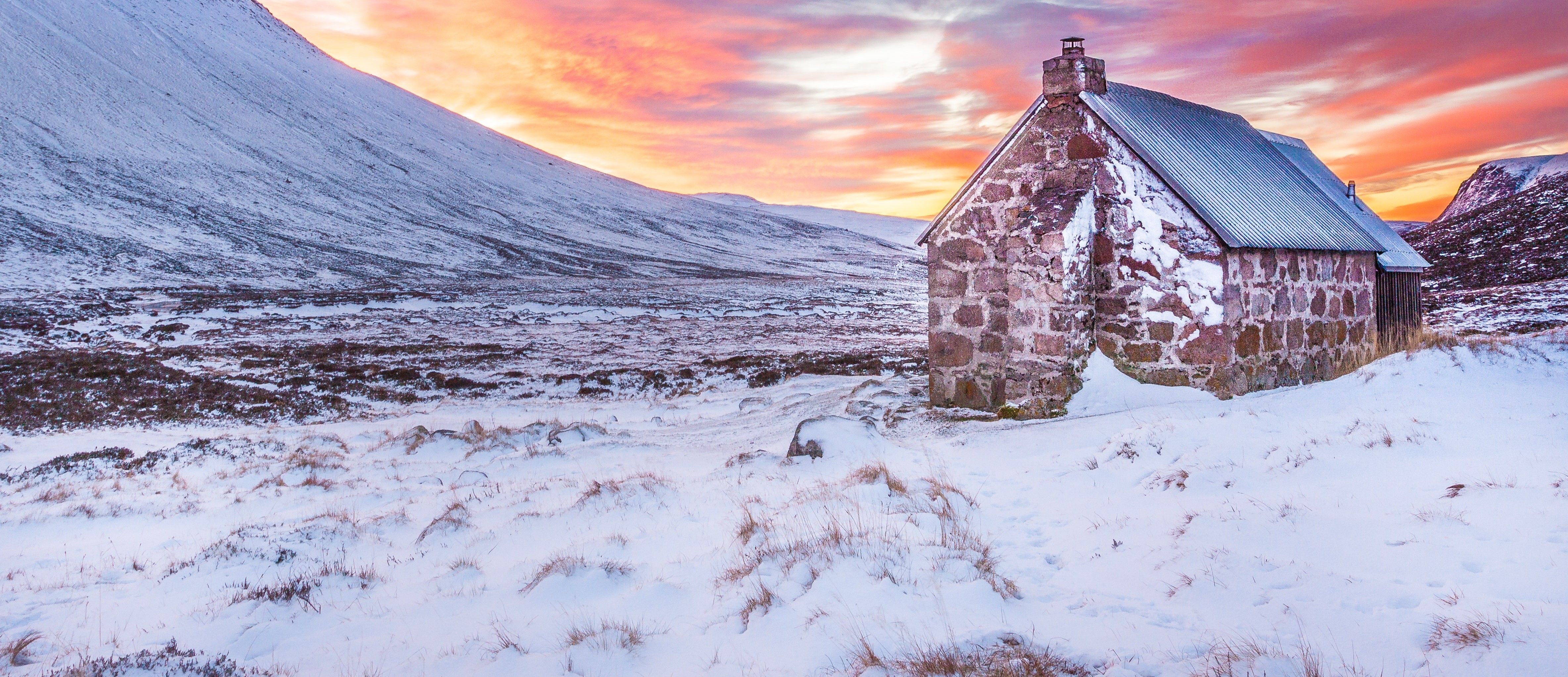This lecture gives examples of natural systems that work well in cold climates. However, systems based on soil infiltration are in general limited to areas without permafrost. Pond systems are extensively used in Northern Canada, but there the wastewater accumulates in the winter and treatment happens in the summer months. The lecture looks at system limitations and provides a suitability evaluation of the systems.
Natural systems, soil infiltration, wetlands and ponds, are proven robust and low-cost methods that also work well in cold climates, provided that the natural conditions are favorable. In Norway there is more than 100000 wastewater infiltration system. The majority serve single homes and the largest treats wastewater from a town of 8000 people. Natural systems often operate by gravity alone; hence, there is no need for electricity. Natural systems have treatment performance equal to and sometimes exceeding conventional (mechanical/technical) systems. Pond systems have limited nutrient (nitrogen and phosphorus) removal. For infiltration and subsurface flow wetland systems the phosphorus removal capacity depends on the surface chemistry of the soil/porous media particles. Natural systems have a low operation and maintenance cost and are often cheaper to build than conventional systems. However, the area requirement (footprint) can be substantially larger than conventional systems. Natural systems are robust, have a stable treatment performance and tolerate large fluctuations in flow.
At the end of this lecture students will:
- know the major types of natural systems
- know the treatment processes in natural systems
- know the limitations and applicability of natural systems in cold/arctic conditions
Fate of Trace Organic Compounds during Vadose Zone Soil Treatment in an Onsite Wastewater System
Rate of Phosphorus Sorption by Five Oklahoma Soils
Filter bed systems treating domestic wastewater in the Nordic countries – performance and reuse of filter media
Technology assessment of wastewater treatment by soil infiltration systems
A Review of Wastewater Handling in the Arctic with Special Reference to Pharmaceuticals and Personal Care Products (PPCPs) and Microbial Pollution
Treatment of wastewater is often inadequate or completely lacking in Arctic regions. Wastewater contains different kinds of substances that can be harmful for the environment and human health, including residues of pharmaceuticals and personal care products. Bioaccumulation and biomagnifications of chemicals in the food web are of concern. This can affect fishery that is a significant industry in many Arctic coastal regions. Wastewater from human settlements may also contain antibiotic resistant bacteria and pathogens that can cause negative impacts on human health and the environment. In the Arctic, especially, the direct release of untreated sewage may have severe consequences for the receiving environment due to low biological diversity, low ambient temperatures and consequently high vulnerability of the Arctic ecosystem to environmental contaminants.
GUNNARSDOTTIR, R. et al. (2012): A Review of Wastewater Handling in the Arctic with Special Reference to Pharmaceuticals and Personal Care Products (PPCPs) and Microbial Pollution. In: Ecological Engineering: Volume 50 , 76-85. URL [Accessed: 16.12.2018]Naturbasert rensing av avløpsvann - en kunnskapssammenstilling med hovedvekt på norske erfaringer
This report compiles Norwegian and some international results regarding soil infiltration systems, biofilters, constructed wetlands and reed beds for sludge treatment. The overall treatment performance of the systems is high and stable.
JENSSEN, P.D., JONASSON, S. and HEISTAD, A. (2006): Naturbasert rensing av avløpsvann - en kunnskapssammenstilling med hovedvekt på norske erfaringer. (Natural systems for wastewater treatment – a knowledge compilation with emphasis on Norwegian results). VA-forsk Rapport, no. 20. VA- forsk, Stockholm. 87p., (in Norwegian). URL [Accessed: 23.01.2019] PDF
Design and Performance of Onsite Wastewater Soil Absorption Systems
This document describes onsite wastewater soil absorption systems (WSAS), which have the potential to achieve high treatment efficiencies over a long life service at low cost. Information is given on the function and performance of WSAS, the current state of knowledge, and identifying major gaps in predicting system performance.
SIEGRIST, R. L., TYLER, E.J. and JENSSEN, P.D. (2000): Design and Performance of Onsite Wastewater Soil Absorption Systems. St. Louis, Missouri (USA): Paper presented at National Research Needs Conference, Risk-Based Decision Making for Onsite Wastewater Treatment, 19–20 May. URL [Accessed: 23.01.2019] PDFLecture: WWT in cold Climate - natural Systems
Video lecture (with audio) on the natural systems for wastewater treatment, held by Prof. Petter Jenssen from the University of Life Sciences, Norway.
JENSSEN, P. D. Lecture: WWT in cold Climate - natural Systems. PDF


